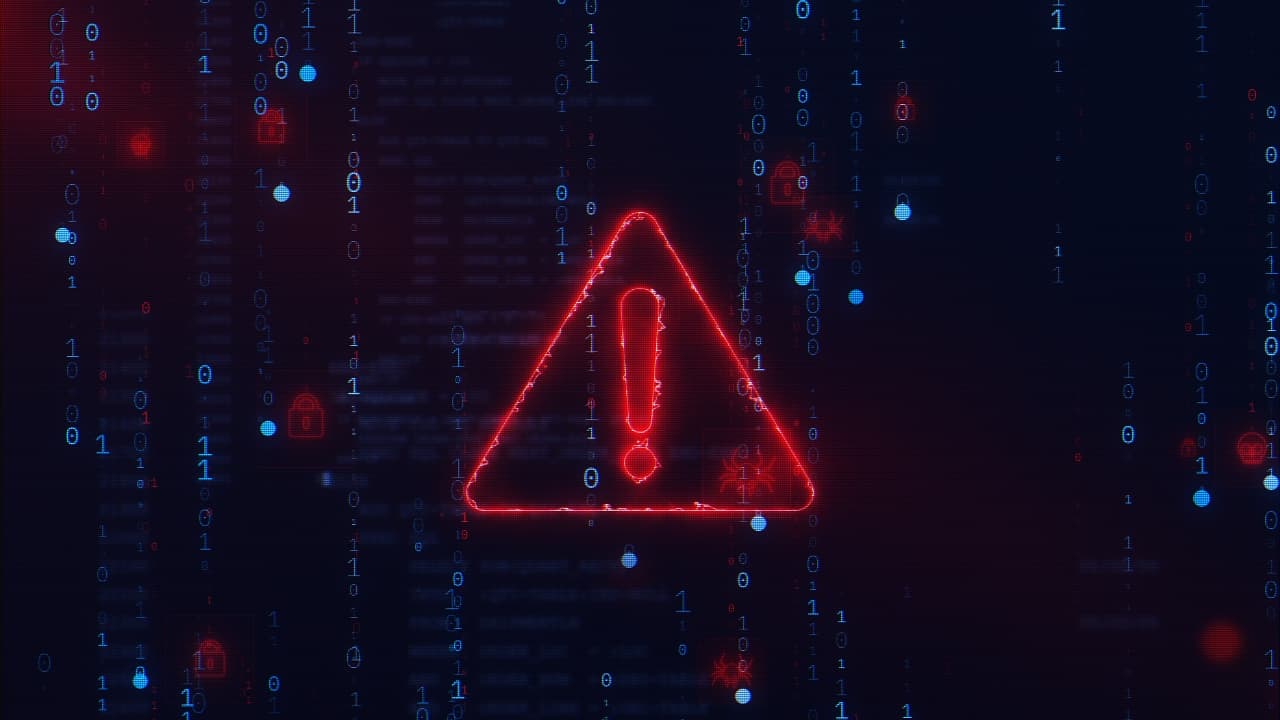The Quarterly Risk Report highlights issues that pose risk to associations and provides resources to help associations build knowledge, incorporate best practices, and avoid claims.
2024 Year in Review
Claims Reported: 74
Active: 43
Potential: 31
Top Claim Types
74 claims were filed on the NAR Insurance Program in calendar year 2024, not including more than 30 notices of circumstance filed with Chubb before the 2023-24 policy expired.
14 Employment
13 Antitrust
11 Professional Standards
11 MLS
5 Discrimination
5 Cyber
4 Governance
4 Crime Loss
7 Other
Employment issues topped the list of claims, followed by antitrust, and a tie between MLS issues and Professional Standards for third place. Together, these claims comprised more than 60 percent of 2024 claims.
Check out NAR’s resources below in each of these areas to help prevent future claims.












